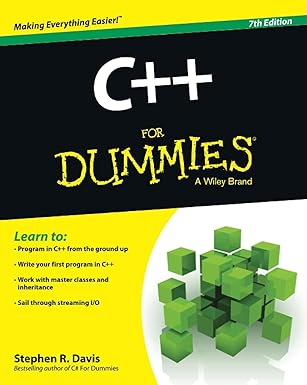One purchase. Expert training on limited hands-on experience. A near-guaranteed pass. Does it get any better? Not really.
Like your peanut butter in my chocolate, the combination of Sybex’s bestselling CCNA Study Guide and the e-trainer network-simulation software mesh wonderfully. In fact, if truth be told, they always were intended to be sold as one unit; the book contains a lot of rote exercises that is a jumble of instructions if you’re not sitting at a terminal, and the CD comes with practically no instructions at all. Put together in the CCNA Certification Kit, however, they create a force to be reckoned with.
But first, let’s list for you what’s in this little bundle of joy. The CCNA Study Guide is a densely written but comprehensive tome; the writing can be intimidating at times, but Lammle is to be commended for trying to show the reader the reasons that certain networking topics work, instead of merely providing you with lists of items to memorize. The concepts become particularly daunting during the chapters involving TCP/IP subnetting and VLAN trunking–but meticulous rereading will reward you not only with exam-passing knowledge, but with a deep understanding that will serve you well in the corporate world. There are only two slight disappointments: one is the chapter on WAN networking, which is a trifle light compared to the fact-packed density of the rest of the book; the other is that this book is not for absolute beginners, as it skips very quickly over such essential concepts as Ethernet networking and cabling types.
There is a third flaw here–fortunately, it’s nonexistent in this bundle. A large portion of the Guide consists of simple exercises to be run on Cisco routers–which normally is a problem for the CCNA student. Most people don’t have access to, and cannot afford, the roughly $2,500 in equipment that it takes to set up a sample lab. But that’s where the CCNA Virtual Lab e-trainer comes in; it’s a software package that emulates a network that consists of three Cisco routers, a Catalyst 1900 switch, and a couple of WAN links.
For what it does at the price, it does it well. It’s not, by any means, a full-fledged simulation, but it does emulate most of the basic commands well enough for you to pass–and the amount of learning you’ll get from the “hands-on” experience is exponentially better than any amount of book learning. Tinkering around with your own setup will help you remember the oft-cryptic Cisco commands and password levels better than anything else, and the exercises given to you in the study guide will suddenly become full-fledged workshops that expand your learning.
Now, there are those who have criticized the Virtual Lab for many, sometimes valid, reasons: not all the basic commands are adequately supported, the interface is clunky, there are known bugs, and it’s useless beyond anything but the CCNA level. (If you go on to the next level of the Cisco exams, most of the advanced commands aren’t supported.) But there is a saying in the industry that should be well taken here: “Close enough for horseshoes and hand grenades.” Yes, there are better Cisco simulator programs. Yes, there are cheaper ones. No other offering, however, has the range of features and depth that you’ll find at this price–more importantly, it’s enough to pass. Must you have perfection when you can have a passing grade?
In short, the strengths of each item in this boxed set shore up the weaknesses of the other–and, as such, it’s a vital tool in the arsenal of any CCNA aspirant. Highly recommended.
–William Steinmetz –This text refers to an out of print or unavailable edition of this title.

Unlock the world of programming with C++ for Dummies – the perfect beginner’s guide to mastering C++ with ease and confidence!
View on Amazon


